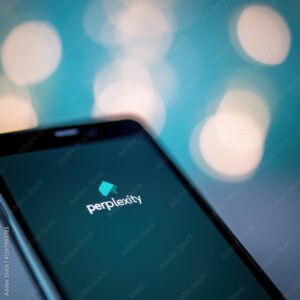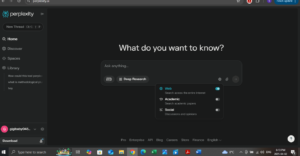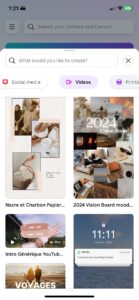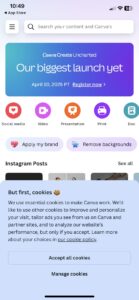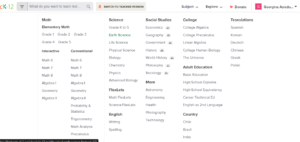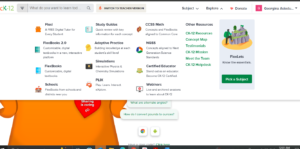When the course began, I was totally confused on what to embark on for my project. Upon all the thoughts that came in mind, I decided to learn the French language because I believe it is a language of diplomacy, culture and with international relation. Three months along the line, here I am wrapping up my learning project. I must acknowledge that over the past weeks, I have learnt the basic proficiency in French, and I find it fulfilling to reflect on my progress, particularly with this final post where I explored one classical French song “Aline” by Christophe. This journey has been interesting and enlightening, taking me from simple alphabets and numbers in January to confidently engaging with French music.
Throughout this course, social media and open education played a significant role in my learning. Initially, apps like Duolingo, airlearn, HelloTalk, FrenchApp, etc provided foundational vocabulary and grammar of the language. Gradually, I discovered that leveraging social media tools like YouTube, Instagram and podcasts, significantly enriched my learning experience. These platforms offered great cultural contexts, allowing me to immerse myself not just in language but also in the cultural expressions and nuances of French society.
Exploring the song “Aline” was particularly impactful. Christophe’s music provided a meaningful context for learning French. By analyzing lyrics which is about the story of a man who, after drawing the face of his beloved Aline on the sand, watches as it is washed away by the tide. This act symbolizes her departure from his life, prompting him to cry out her name in a desperate plea for her return. The song captures the essence of broken heart and the yearning for a lost love. Through this, I expanded my vocabulary, improved my pronunciation, and deepened my understanding of the language.
Key Takeaways:
- Social Media platforms: Utilizing YouTube , Instagram and podcasts enhanced my ability to grasp pronunciation and colloquial expressions, demonstrating the educational potential of social media beyond the “selfie” contexts.
- Music as a way of learning language: Song like “Aline” provided an engaging and enjoyable method to internalize language patterns and cultural knowledge. The emotive nature of music facilitated my understanding of the language.
- Open Education Accessibility: in my journey of learning French, I considered Platforms such as Duolingo, free YouTube channels, various applications as my open educational resources they made my learning project possible.
Despite the key takeaways, this journey was challenging due to the pronunciation and phenetics of the language as well as the complex grammar rules. However, with constant practice it got better.
In conclusion, my French learning journey clearly highlights how social media and open education resources can complement and enhance traditional learning methods. As this course come to an end, my exploration of the French language will not cease.
below is a video of me singing Aline. Enjoy
Merci beaucoup!




